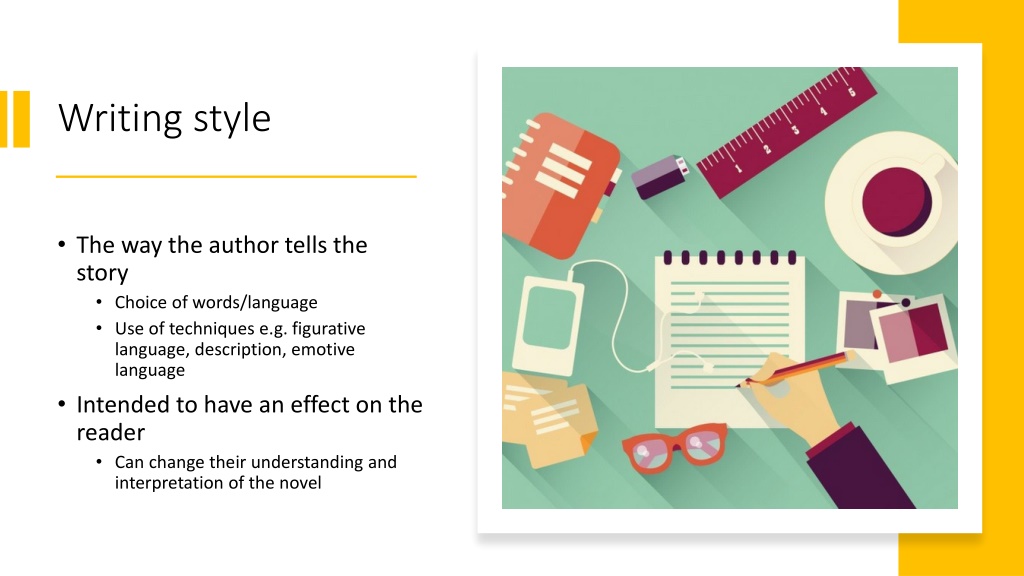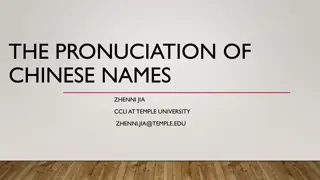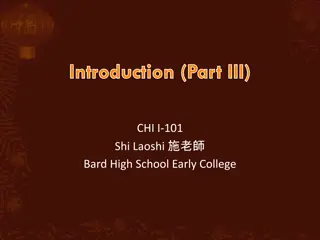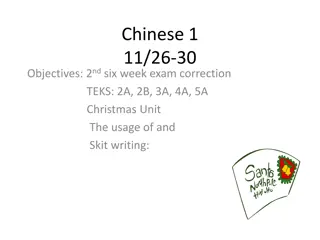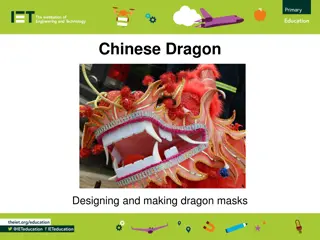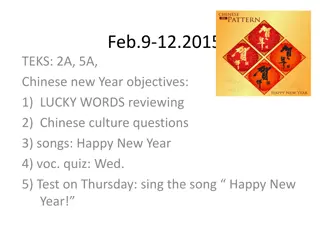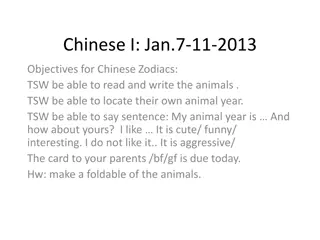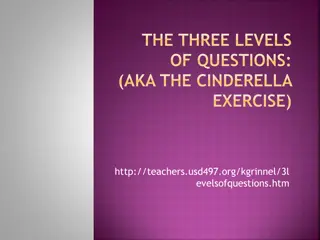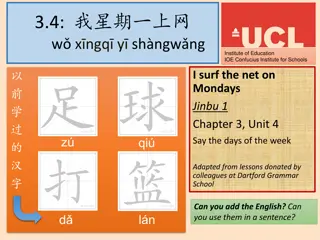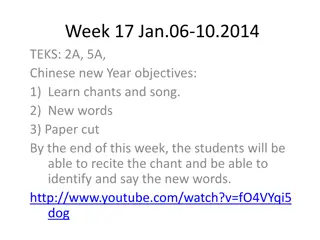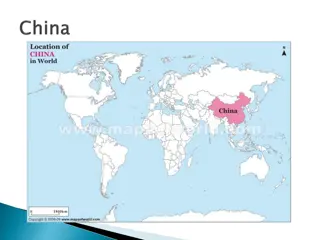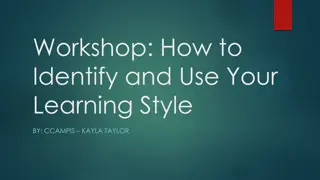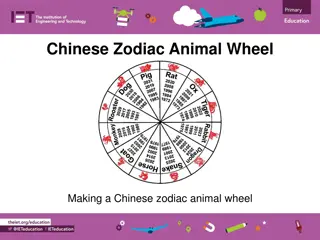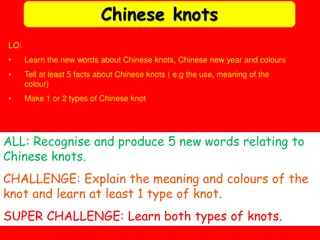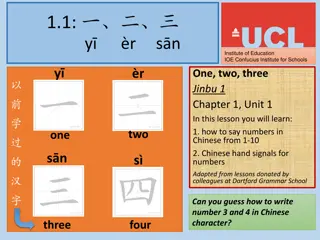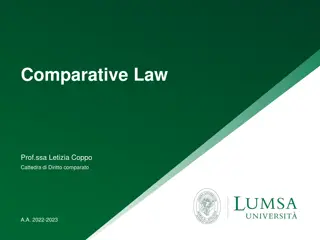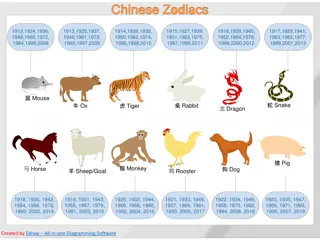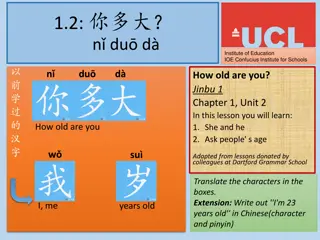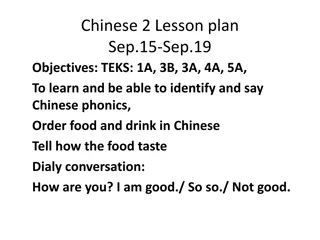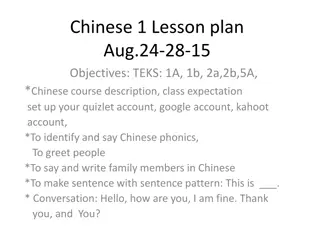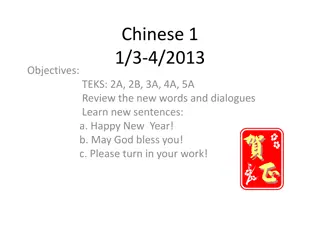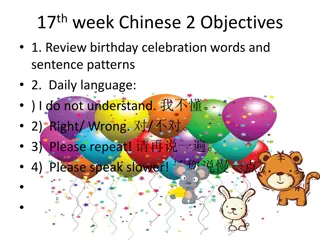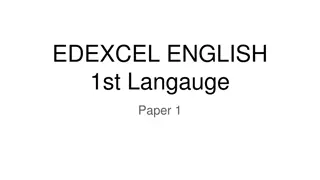Analyzing Writing Style Techniques in Chinese Cinderella
The way an author tells a story through writing style features like first-person point of view, rhetorical questions, dialogue, and connotations can greatly impact the reader's understanding and interpretation of a novel. Through the use of personal pronouns, rhetorical questions, direct dialogue, and carefully chosen words and descriptions, the author creates an immersive experience that allows readers to empathize with characters and delve deeper into the narrative.
- Writing style analysis
- Chinese Cinderella
- Literary techniques
- Character perspective
- Emotional impact
Download Presentation

Please find below an Image/Link to download the presentation.
The content on the website is provided AS IS for your information and personal use only. It may not be sold, licensed, or shared on other websites without obtaining consent from the author. Download presentation by click this link. If you encounter any issues during the download, it is possible that the publisher has removed the file from their server.
E N D
Presentation Transcript
Writing style The way the author tells the story Choice of words/language Use of techniques e.g. figurative language, description, emotive language Intended to have an effect on the reader Can change their understanding and interpretation of the novel
Style Style Features Used in Chinese Cinderella
First Person Point of View Story is told from the perspective of the main character. Uses personal pronouns such as I , my and we Effect: Helps the reader feel involved, as if they are being told the story directly from the author. As if Adeline is telling the story to us. Example: I did as I was told. Though I was only four years old, I understood I should not ask too many questions. (pg. 25)
Rhetorical Questions A question for which no answer is required Effect: Invite the reader to pause and consider the response so they are involved & interactive Helps the reader understand the author s internal voice and feel her anxiety and distress Example: What will my friends say this time? How will my voters look at me? Will I be the laughingstock of my class? Will everyone sneer and whisper about me during recess? (pg. 132)
Dialogue Quoting exactly what the characters say to each other. Effect: Helps the reader imagine the characters speaking and hear their voices. Gives the reader clues about the personality and traits of the characters. You can tell a lot about people by the way they talk. Do they use formal language or slang? How do they speak to others? Do they speak differently in front of people they respect? Example: You don t know because you are stupid! And you don t deserve to wear this! Take that! Medal winner! Teacher s pet! Who do you think you are? Showing off week after week! (pg. 12)
Connotations Using words that bring to mind positive or negative emotions Effect: Suggests things without stating them directly Helps the reader infer (guess, figure out) what the narrator thinks of the characters and their actions Example: Niang: screaming futilely again and again in a piercing voice . I looked at my grandfather, defeated and resigned with a blanket around his drooping shoulders in the blistering heat, his face contorted with sadness and anguish. A tired old man with no one to turn to
The story starts with some of Adeline s earliest memories and lists the events in a linear (straight line) format. No skipping forward or flashbacks Effects: Makes the story seem more realistic and believable Easier to follow less confusing Not as surprising, dramatic, or suspenseful Chronological order
Similes Compares one thing to another using the words like or as Effect: Helps to create a picture in the reader s mind. Example: I lied, squirming like a worm (pg. 111). Adeline compares herself to a worm because she feels so uncomfortable and unhappy about lying to Niang. Gives the reader mental image of her twisting with discomfort, like a worm trying to escape from a hungry bird by burrowing down into the earth.
